Unlike its larger and more expensive sister model, the P20 Pro, the new Huawei P20 has to make do without a triple camera, a large quad-sensor, and a dedicated tele-lens. Instead, the P20 bets on a similar dual-camera setup that looks very similar to those found on previous high-end models from Huawei. A 1/2.3″ main RGB sensor is paired with a 1/2.78″ monochrome chip, and image data from both cameras is computationally merged to create a background blurring bokeh effect, reduce noise, and increase image detail and dynamic range.
Both modules feature a 27mm equivalent focal length, with f/1.8 for the main, and f/1.6 aperture for the B&W. The latter is particularly useful for frame-stacking fusion in computational imaging applications.
Key camera specifications:
- Dual-camera
- Main camera: 12Mp 1/2.3″ RGB sensor, f/1.8–aperture lens and 27mm equivalent focal length
- Secondary camera: 20Mp 1/2.78″ monochrome sensor, f/1.6-aperture lens and 27mm equivalent focal length
- PDAF
- 5.8″ display, 2240 x 1080 resolution
- Aperture mode default equivalent focal length: 55mm
About DxOMark Mobile tests: For scoring and analysis in our smartphone camera reviews, DxOMark engineers capture and evaluate over 1500 test images and more than 2 hours of video both in controlled lab environments and in natural indoor and outdoor scenes, using the camera’s default settings. This article is designed to highlight the most important results of our testing. For more information about the DxOMark Mobile test protocol, click here. More details on how we score smartphone cameras are available here.
Test summary
The Huawei P20 doesn’t quite reach the lofty heights of its triple-camera-equipped sister model P20 Pro, but at an overall score of 102 points, its more conventional dual-camera setup still secures the second position in our DxOMark Mobile overall ranking by a good margin over the third-placed Samsung Galaxy S9 Plus. With our second-highest ever Photo score of 107 points, the P20’s still-image performance contributes significantly to the excellent overall result. The camera delivers good detail and dynamic range in all conditions, and both bokeh simulation and the zoom feature perform on a high level.
Scoring 94 for Video, the P20 is the third-best smartphone for videography that we have tested, boasting a very efficient stabilization system, a precise autofocus, and decent recording of detail in all conditions.
Bright light
In bright light, the Huawei P20’s camera performance leaves little room to complain. The camera is capable of capturing images with good textures and a very wide dynamic range, recording good detail in highlight and shadow areas of the frame alike. Some fine grain is noticeable in blue skies, but overall, noise is very well under control, and the accurate white balance system produces a vivid and pleasant color response. We did deduct points for artifacts, however, observing some corner softness, strong ringing, purple fringing on high-contrast edges, and a bug that can occasionally result in blurry image backgrounds.
Low light and Flash
The P20 maintains its well-balanced approach to detail retention and noise reduction across all light and ISO levels, resulting in images with decent detail and low levels of noise, even when captured in very dim conditions. The autofocus doesn’t noticeably slow down or decrease in accuracy in low light, either, making the Huawei an interesting option for anyone who is frequently shooting at events, indoors, or in other low-light situations.
Using the flash on the Huawei P20 can yield decent image results, too. Flash images show decent exposure and detail, but a red-eye effect is often noticeable. We also observed quite strong color casts towards the edges of the frame, both when shooting in complete darkness and with low ambient light.
Zoom and Bokeh
The P20 does not come with a dedicated optical tele-lens, but the secondary monochrome high-resolution sensor and some computational image processing are capable of producing very good zoom results with decent detail at short (2x) zoom ranges. If you want to zoom in further, however, image detail and quality in general deteriorate quickly, and images show more grain, artifacts, and pixelation. Still, among smartphones without optical tele-lenses, the P20 achieves the best zoom performance we have seen thus far.
Thanks to the secondary monochrome sensor used for depth sensing (among other tasks), the Huawei P20 is capable of producing natural-looking results in its background-blurring bokeh mode. Some minor segmentation artifacts can be visible around the edges of the subject, but subject/background isolation is generally very nice, the amount of blur makes for a natural look, and the blur transition is pleasant. As a bonus, the mode not only works well in bright light, but can capture decent results in indoor conditions, too.
Photo scores explained
With a total photo score of 107, the Huawei P20 achieves our second-highest Photo score ever, and is beaten only by its sister model, the P20 Pro. The overall Photo score is calculated from sub-scores in tests that examine different aspects of its performance under different lighting conditions. In this section, we’ll take a closer look at these image quality sub-scores.

Exposure and Contrast
Huawei P20
92
The Huawei P20 achieves an excellent score for exposure. Target exposure is usually spot-on across all light levels, and images show a wide dynamic range, capturing good detail in both the highlight and shadow areas of the frame. Dynamic range is very wide in outdoor conditions.
The camera does particularly well in backlit scenarios, such as in the test scene below. Target exposure on the subject is very good, while at the same time a lot of detail is preserved in the bright background of the image. Both the iPhone X and Google Pixel 2 show noticeably more highlight clipping on the building in the background.
The P20 is capable of producing good exposures down to very low light levels (5 Lux). The shot below was captured at an extremely low light level of 1 Lux, and is slightly underexposed but still usable.

Color
Huawei P20
84
Colors in Huawei P20 images are bright and vivid in most situations, resulting in a good color score of 84 points. Color rendering and the auto white balance system are generally stable and reliable. Only indoors is an orange-color cast sometimes visible, and even in bright light we have observed an occasional purple cast in scenes with vegetation. Color shading is very well-controlled, with only some very minor nonuniformities detectable in some scenes. (You’d have to look very closely to notice, though.)
As is common, color rendering and white balance accuracy decrease a little bit in lower light.

Autofocus
Huawei P20
98
At 98 points, the Huawei P20’s autofocus is one of the best we have tested, operating very swiftly and producing accurate results under all light levels and types of illumination. In the graph below, you can see that at a low light level of 20 Lux, the P20 autofocus system is capable of locking the focus consistently and reliably for both long and short delays before capture.
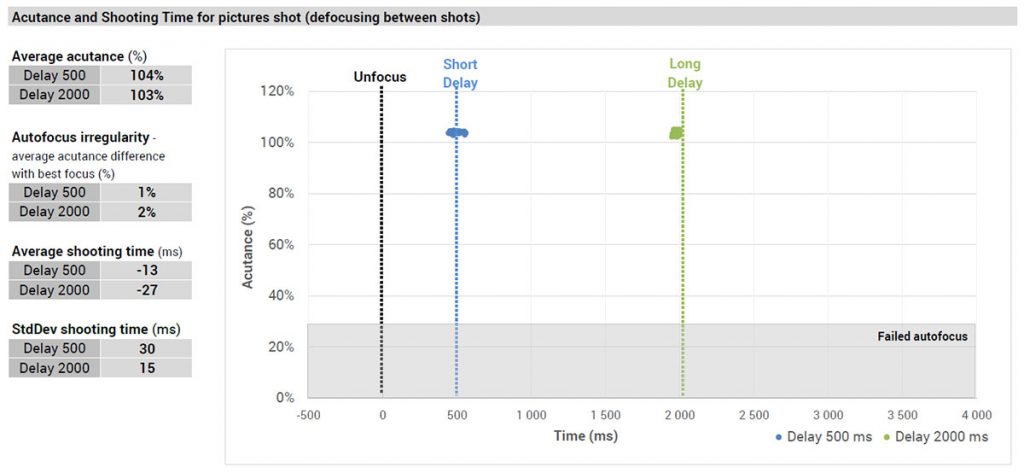
Texture (75) and Noise (75)
A score of 75 for both texture and noise indicates the Huawei engineers have found an excellent balance between detail retention and noise reduction. As you can see in the sample crops below, image detail decreases as light levels drop, but overall, the P20 is capable of maintaining good textures and controlling noise levels down to very dim conditions. In bright light, the levels of captured detail are excellent.
A local loss of fine low-contrast textures can sometimes be observed in lower light, but overall, image noise is well-managed across all light levels, with quite coarse noise only occasionally noticeable indoors and in low light.
In the the low-light portrait scene below, the Huawei P20 performs very well. Noise levels on the skin tones are very low, and fine textures — for example, the fibers of the subject’s scarf — are very well-preserved.

Artifacts
Huawei P20
65
Artifacts are generally well under control, but we deducted points for a bug that can lead to blurriness in the background of images, color fringing, and fairly strong ringing. Images also show some corner softness, and we have also observed desaturated areas in the sky on some occasions.
Images with fine textures also show some corner softness. It’s fairly minor, though, and will only be noticeable if images are viewed at a high magnification.

Flash
Huawei P20
81
At 81 points, the P20’s performance when shooting with flash is good, but not up with the very best. When using the flash in complete darkness at 0 Lux, or when shooting in low light at 5 Lux, target exposure is good and noise levels are low. However, strong color shading is noticeable towards the edges of the frame. Red-eye effect is visible in almost all images with human subjects, and the testers found the skin tones generally too saturated and slightly pink. We also noticed some white balance variations over consecutive shots.

Zoom
Huawei P20
51
Unlike its higher-end cousin, the P20 Pro, the standard Huawei P20 doesn’t come with a dedicated tele-lens. Instead, it uses the high pixel count of its 20Mp secondary monochrome sensor to produce computationally-enhanced digital zoom images. Considering the lack of optical reach, the results are quite impressive, at least at closer zoom ranges. Image noise is very well under control as well.
However, the P20 struggles at long zoom range, as you can see in the samples below, producing a quite blurry and grainy image. With its tele-lens, the iPhone X clearly has an advantage at such long ranges. The Pixel 2 captures a clearer image but doesn’t allow for the same maximum magnification as the Huawei, resulting in a wider angle of view.
The Huawei does a much better job at closer distances, and especially in low light has a real advantage over the iPhone X, despite the latter’s optical zoom lens. In the comparison below, the P20 captures the sharpest image by far and controls noise very well.

Bokeh
Huawei P20
65
At 65 points, the Huawei P20 achieves a very good score for bokeh simulation (we tested “Aperture” mode at 55mm equivalent focal length – default setting). Subject/background isolation is usually very nice, and spotlights in the background are pleasantly shaped. On the downside, some blur artifacts are sometimes slightly visible close to the edges of the foreground subject. There is also a difference in noise levels between the elements of the frame that are in focus and the blurred parts, which results in a slightly unnatural look when viewed up-close. Overall, however, the P20 dual-camera is capable of producing very nice bokeh-simulation images.
The P20’s bokeh mode works equally well in indoor conditions, with good subject isolation and very well-managed noise levels.
Video scores explained
The Huawei P20 achieves a Video score of 94 points, placing it in third position in our rankings, trailing only its stablemate P20 Pro and the Google Pixel 2. The overall Video score is calculated using a range of sub-scores to give us some indication of the device’s pros and cons for shooting moving images: Exposure (82), Color (88), Autofocus (96), Texture (56), Noise (71), Artifacts (79), and Stabilization (92).
One of the strong points of the P20’s video mode is the excellent stabilization, which works efficiently both for static scenes and when walking with the camera while recording. Just as with stills mode, the autofocus system is fast and accurate, and delivers repeatable results. Exposure is usually spot-on in all light conditions, and the auto white balance system works accurately, producing pleasant, accurate colors in indoor and outdoor conditions. Detail preservation is decent across all light levels.
On the downside, luminance noise is visible in textured areas when recording indoors under artificial light and in low-light conditions. We also observed slight stepping when exposure adapts to changing light levels, and a loss of fine detail when shooting outdoors. Footage recorded under tungsten light can show an orange cast.
Conclusion: Continuous improvement
The P20 may lack its sister model P20 Pro’s spectacular triple-camera setup, but Huawei has taken the tried and tested dual-camera of the P10 and previous models and refined it to a degree that puts it ahead of the competition (apart from the P20 Pro) by a nice margin. The P20 boasts a camera without any real weaknesses. It captures images with good detail and low noise levels in all light conditions and comes with a fast and reliable autofocus system. The bokeh mode produces natural results and the zoom is the best we have seen on any device without a dedicated tele-lens.
The story is very similar for video mode, where the P20 can particularly shine with its smooth stabilization and responsive and reliable autofocus. The Huawei P20 really does it all and is an easy recommendation to any mobile photographer who expects top-end performance in a wide variety of shooting situations and scenarios.


Pros
- Excellent balance between texture and noise
- Very fast and accurate autofocus
- Good bokeh effect with precise subject isolation and nice spotlight shape
- Very good detail for close-range zoom
- Wide dynamic range in all conditions
- Bright and vivid colors in most conditions
Pros
- Very efficient stabilization
- Fast, repeatable, and accurate autofocus
- Good white balance in bright light and indoor conditions
- Good target exposure indoors and in low light
- Generally good detail
Cons
- Occasional orange or purple white balance casts
- Visible color fringing
- Noticeable halos and loss of sharpness in the image field
- Local area texture loss in low light
- Strong color nonuniformities and pinkish skin tones when shooting with flash
Cons
- Luminance noise in textured areas under indoor conditions and in low light
- Slight stepping during exposure convergence
- Orange cast under tungsten light
- Some loss of fine detail in bright light


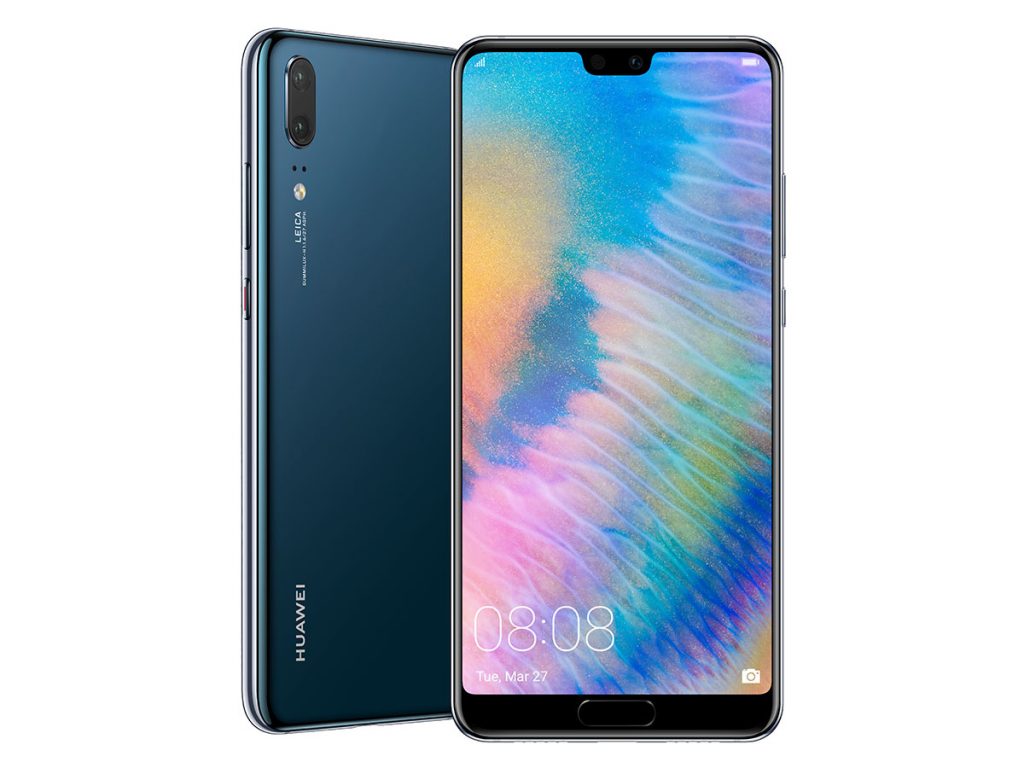
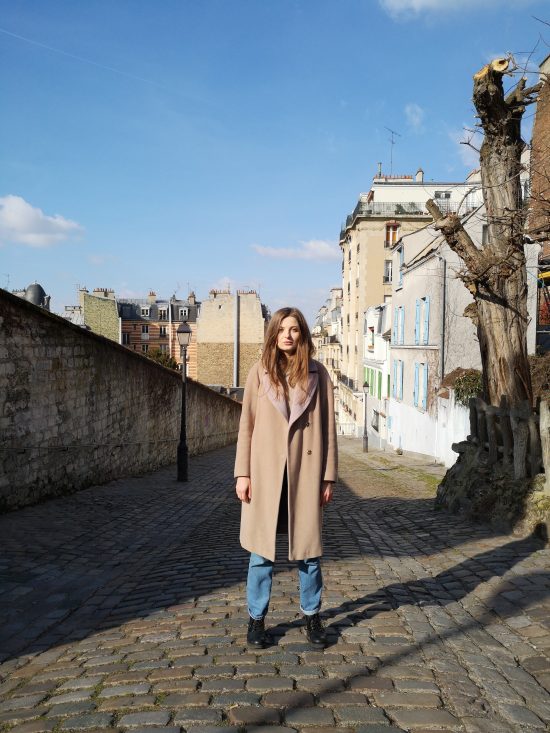
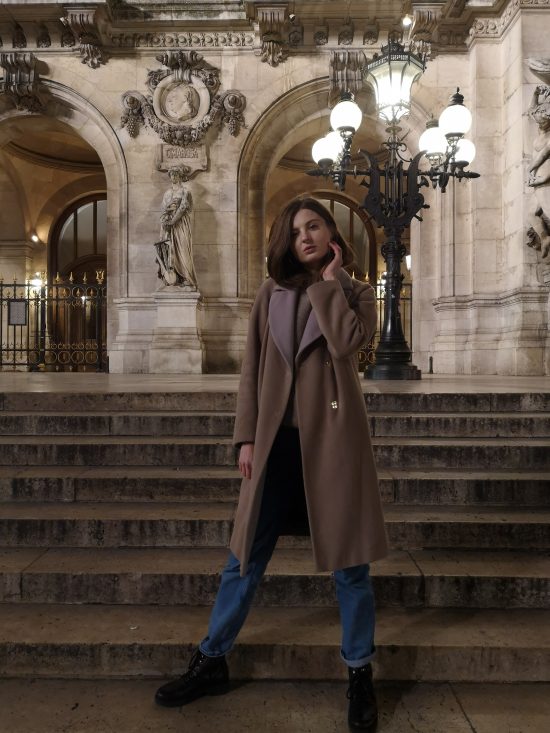
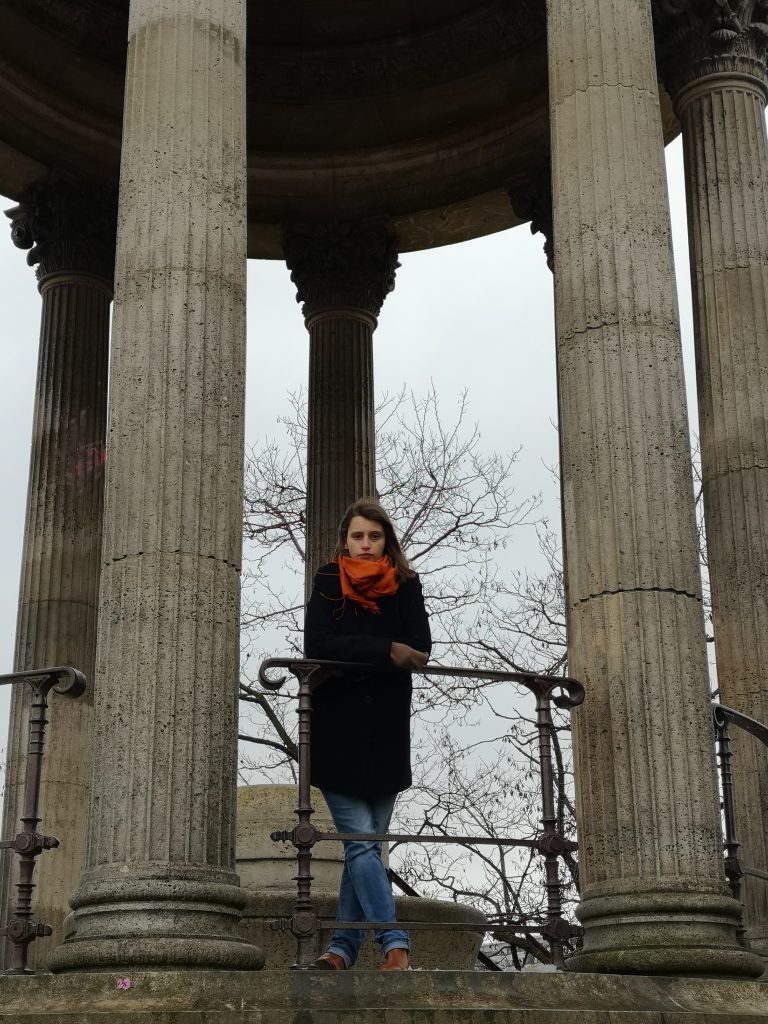
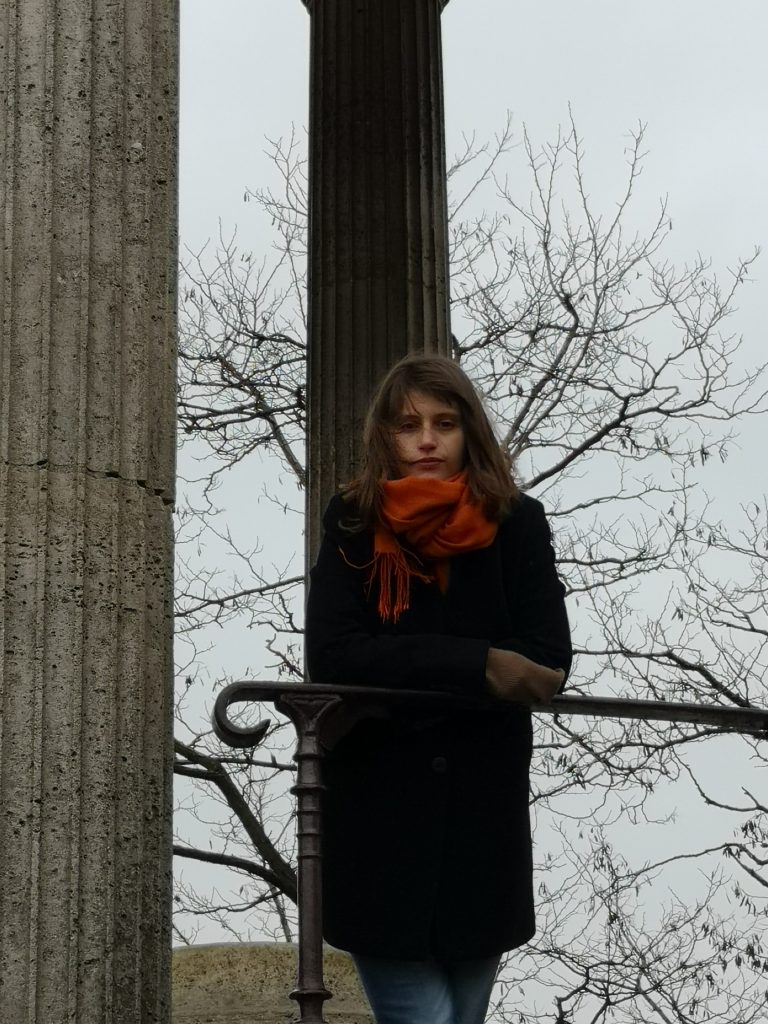

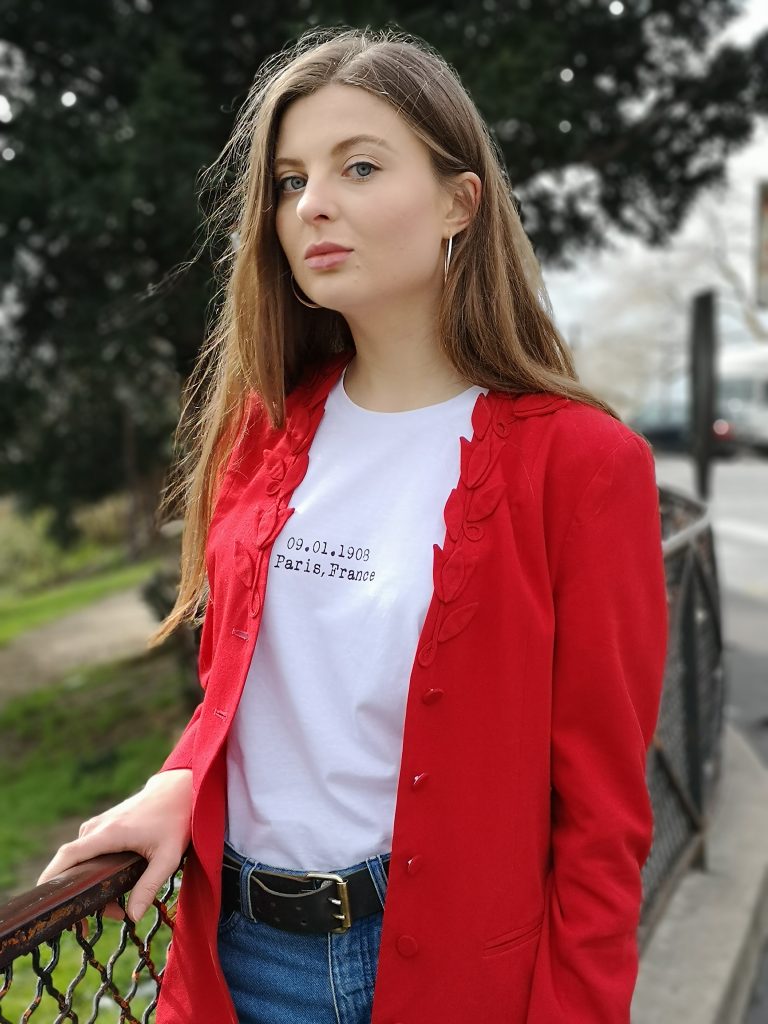
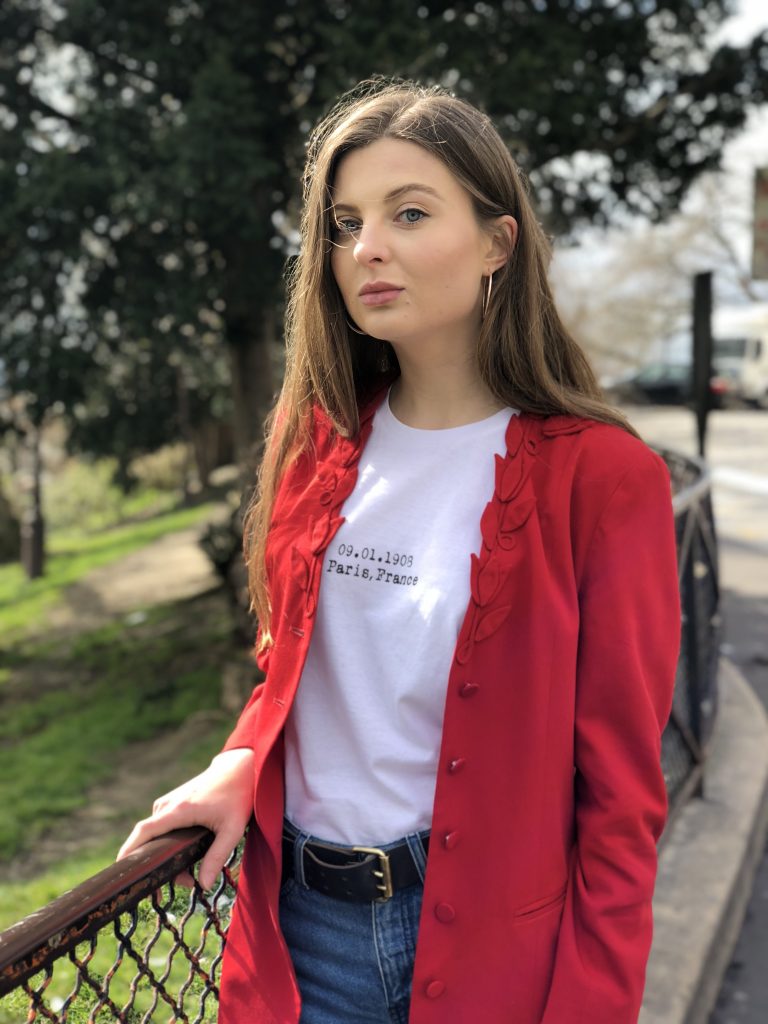
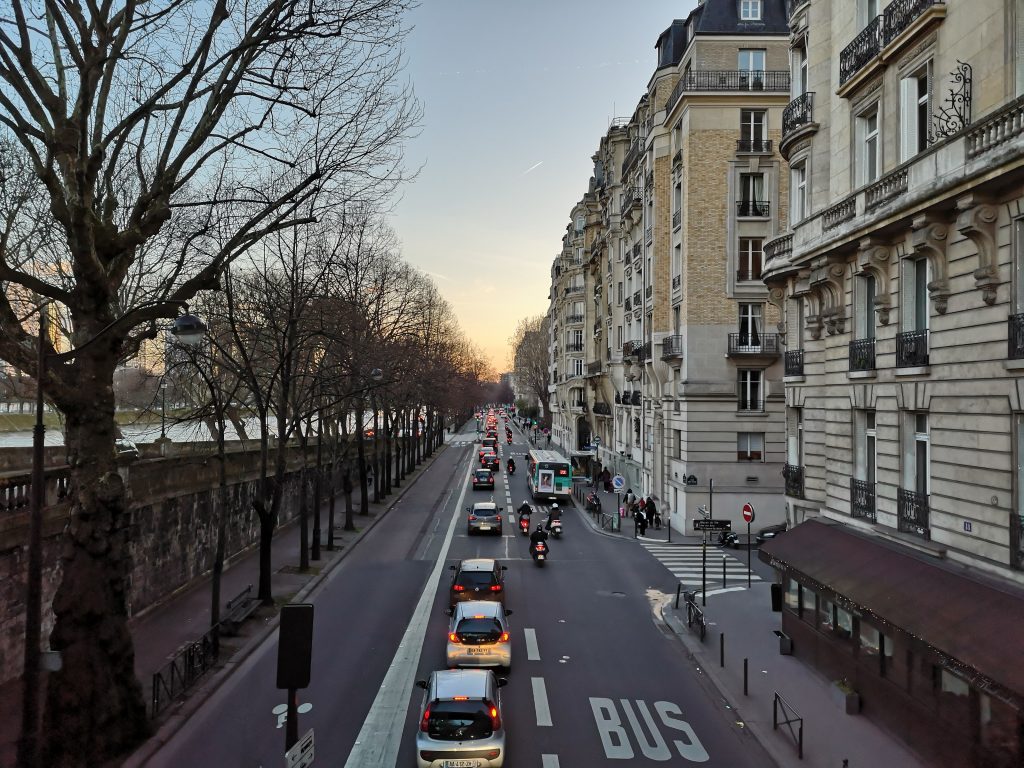
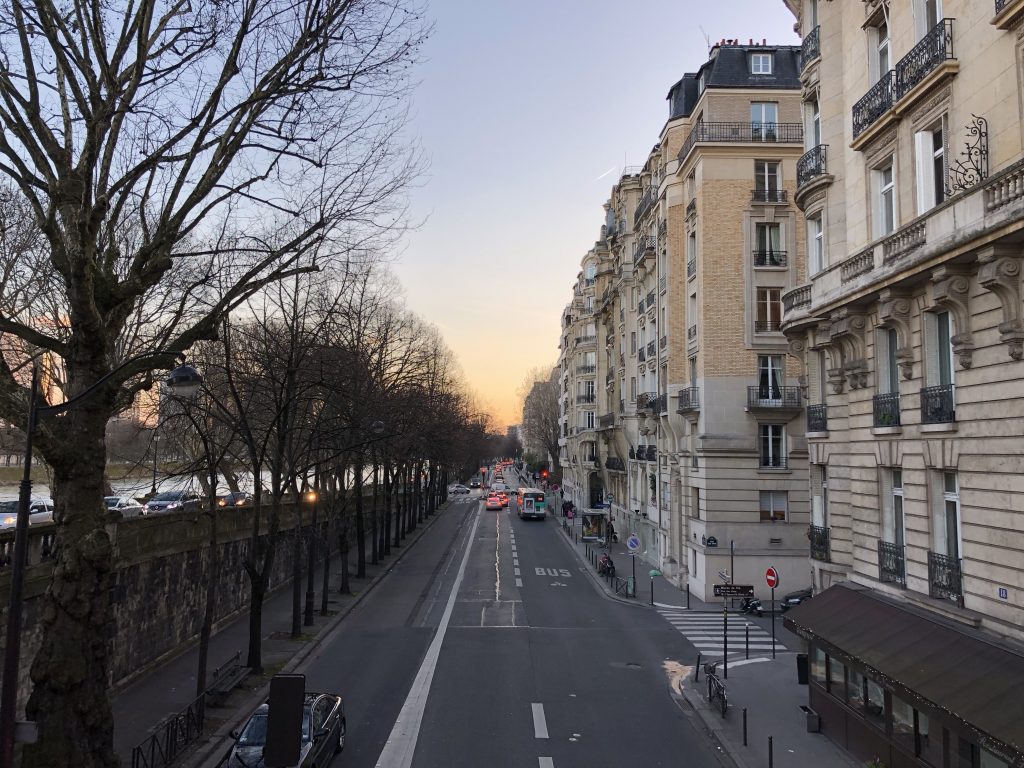
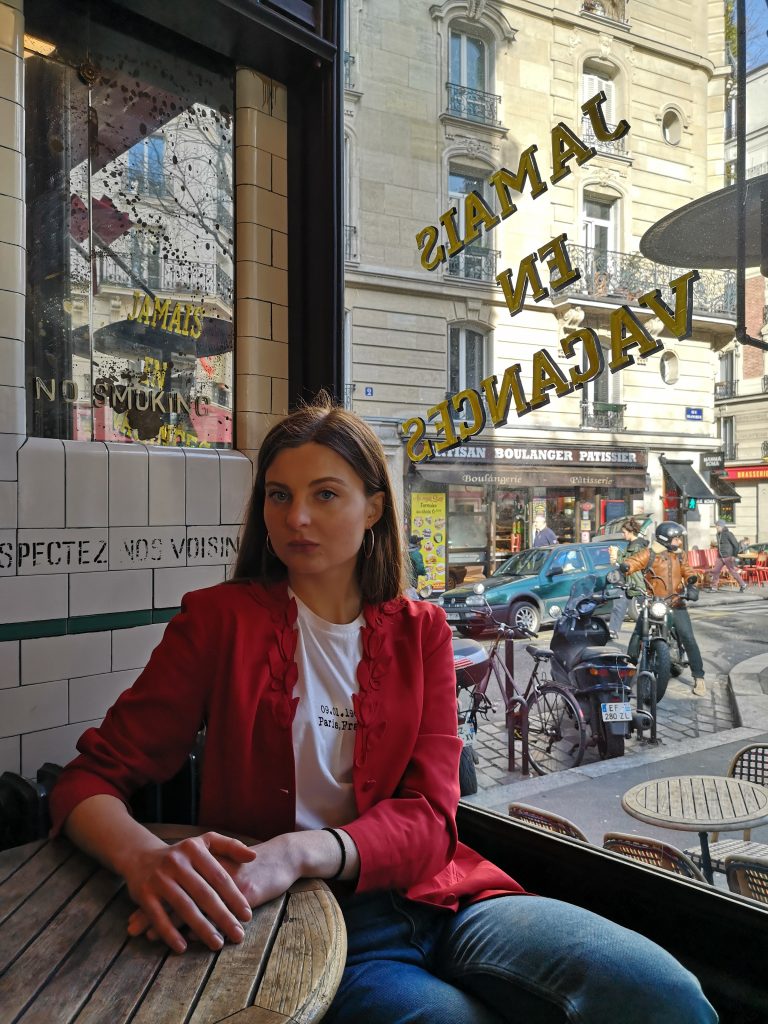
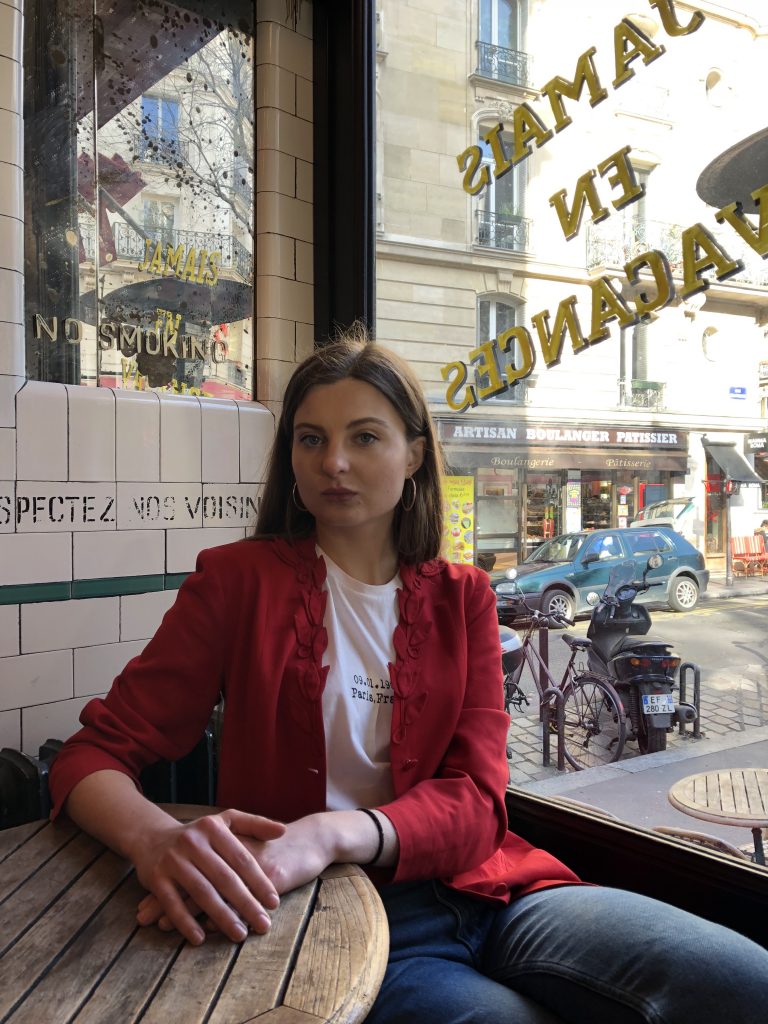
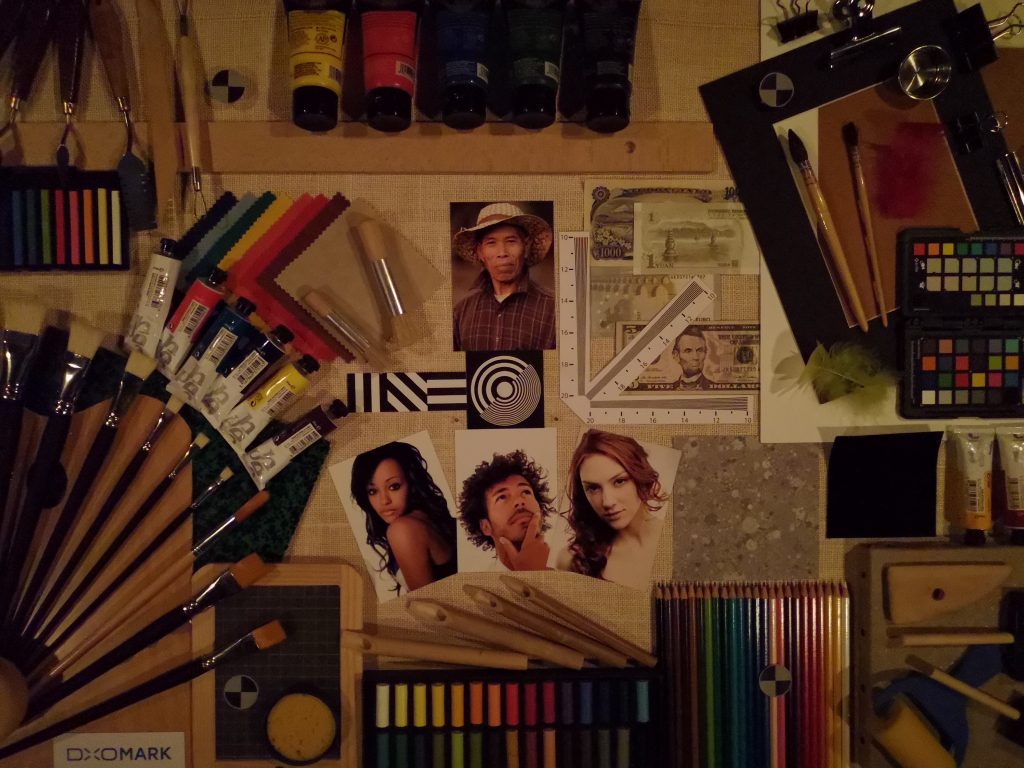
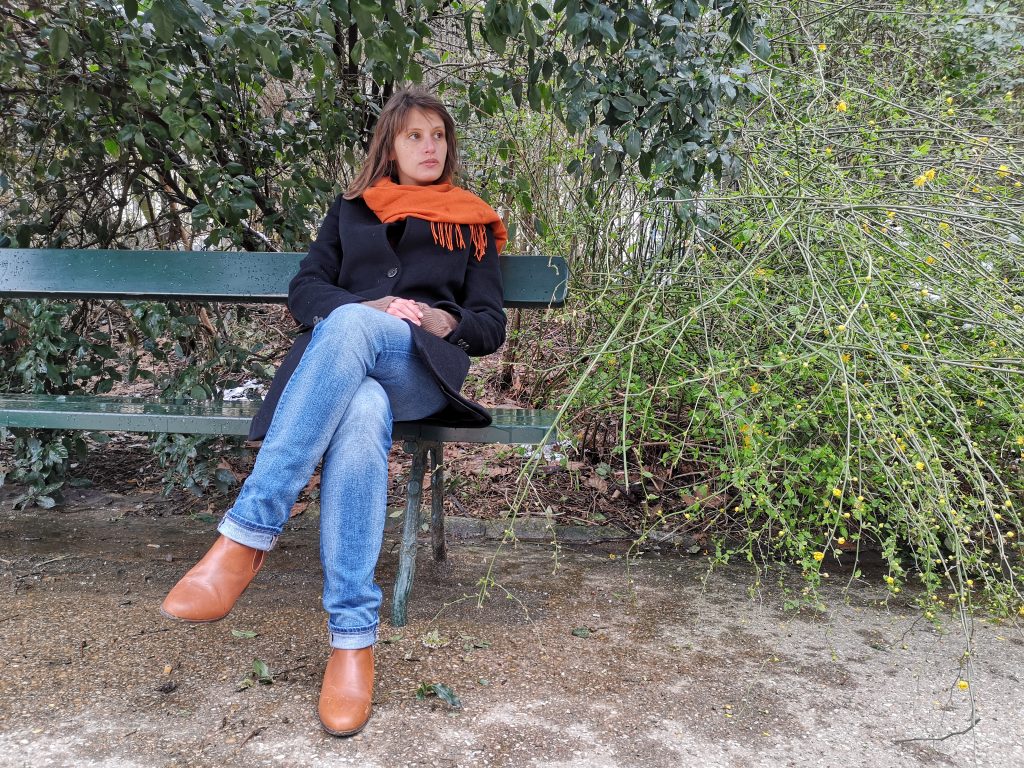

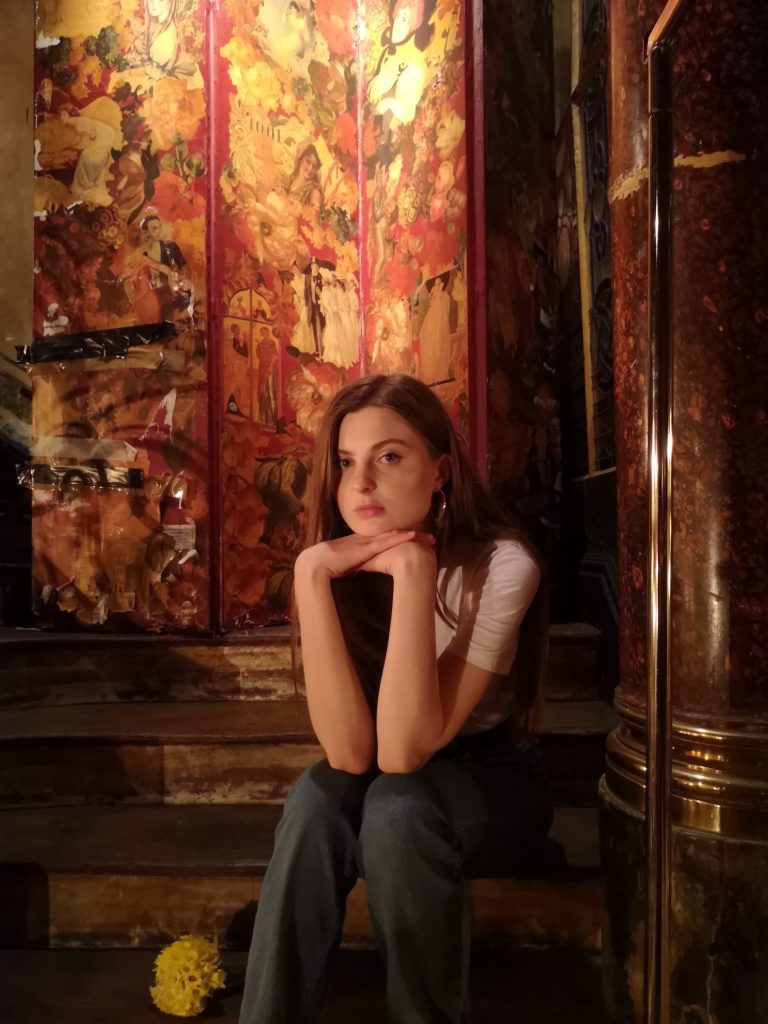
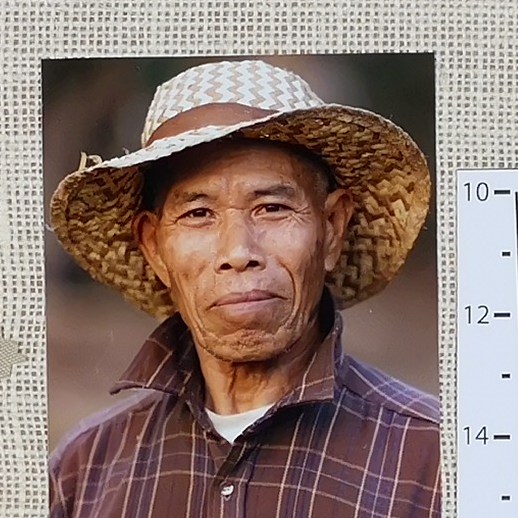
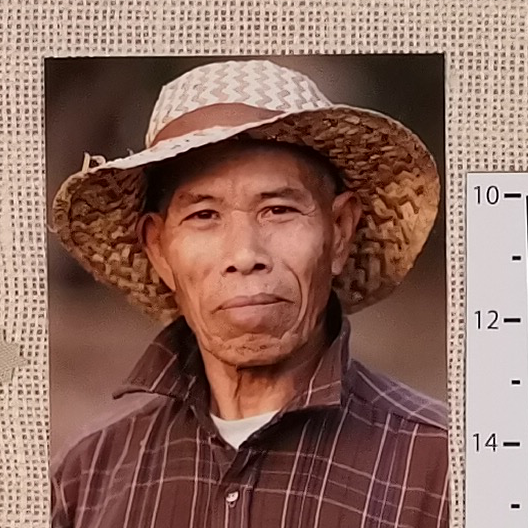
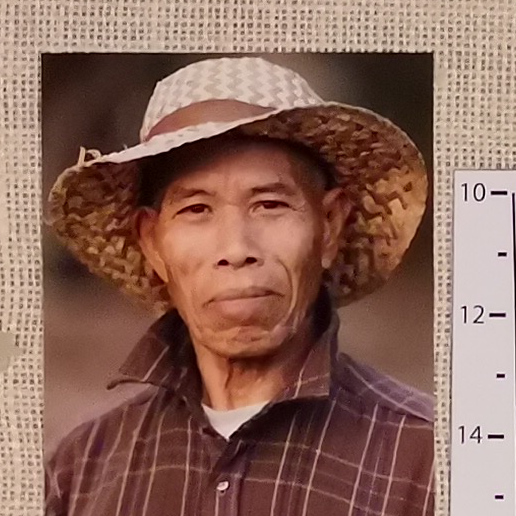
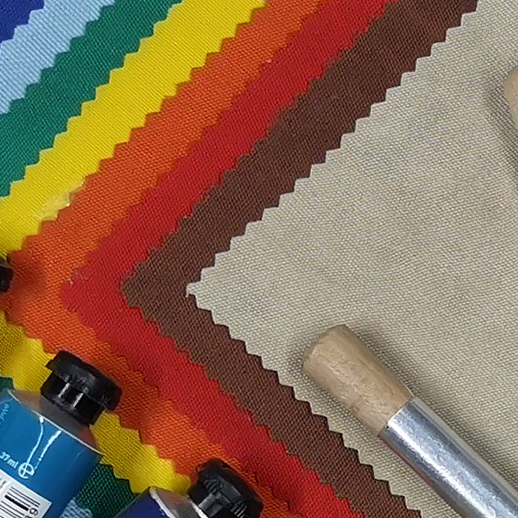
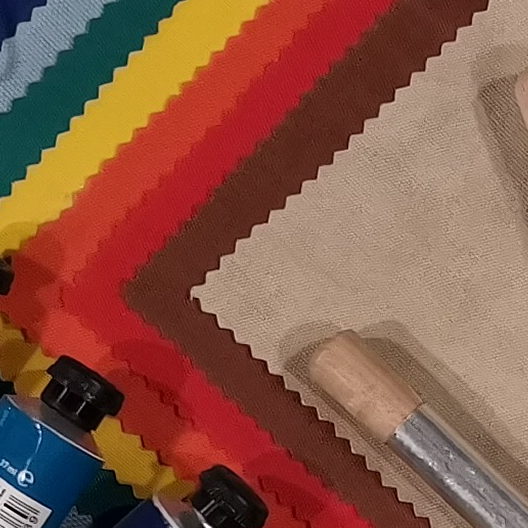
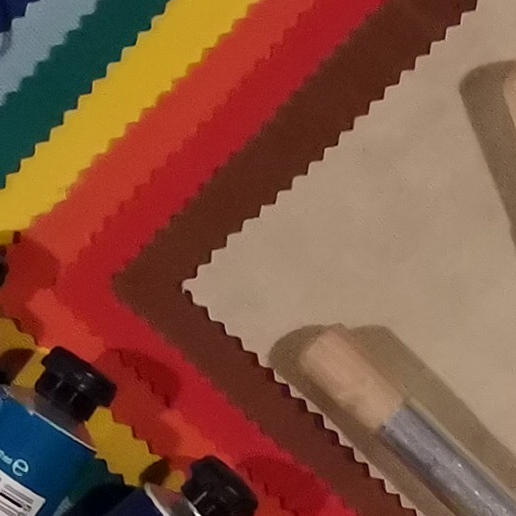
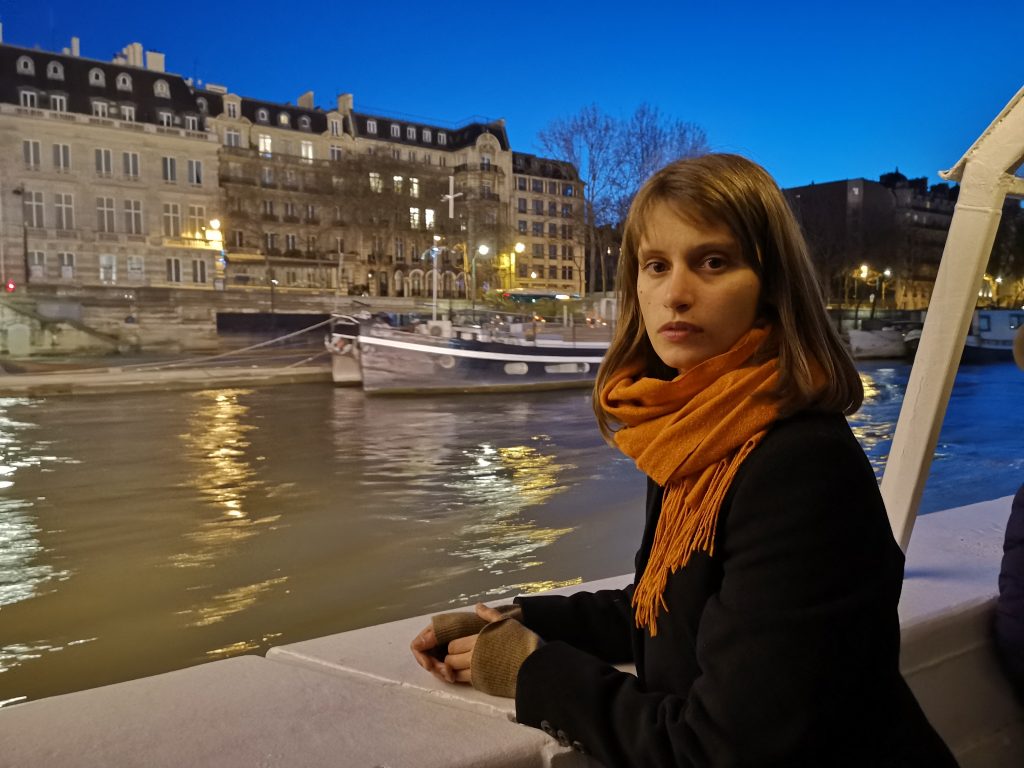
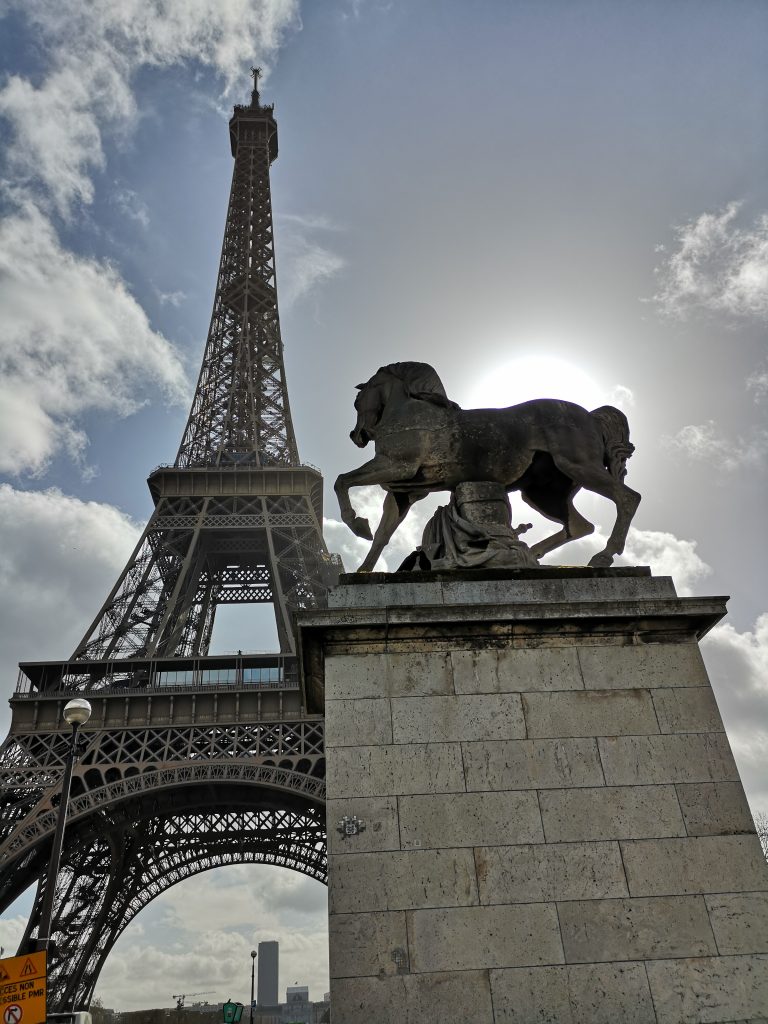
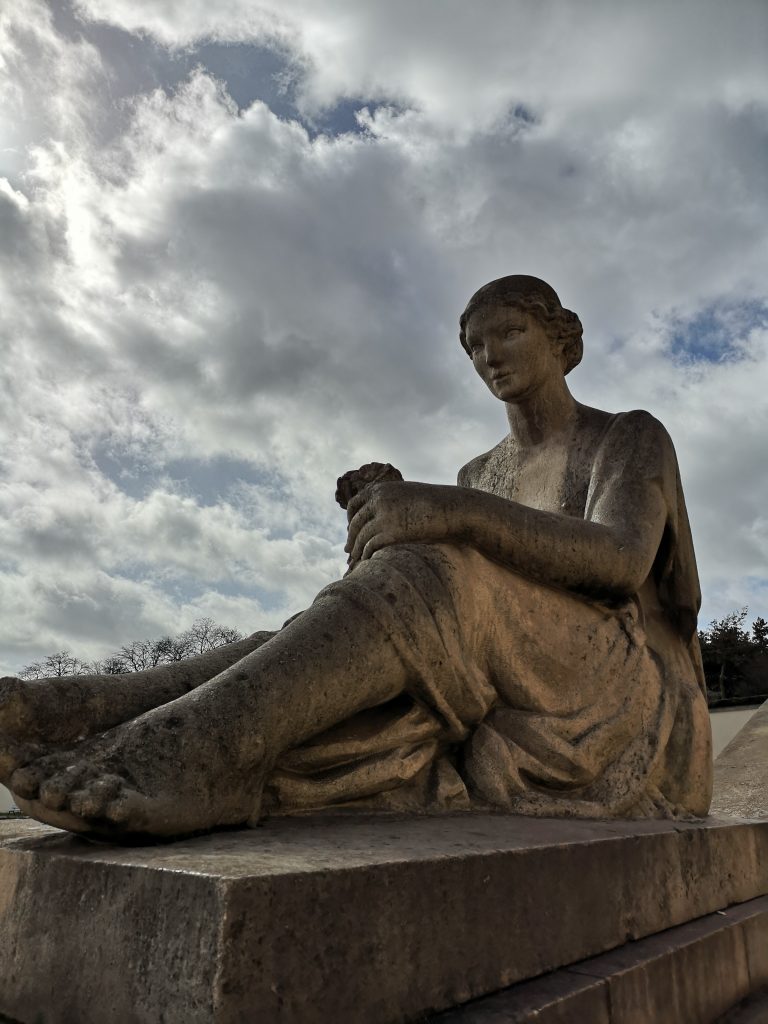
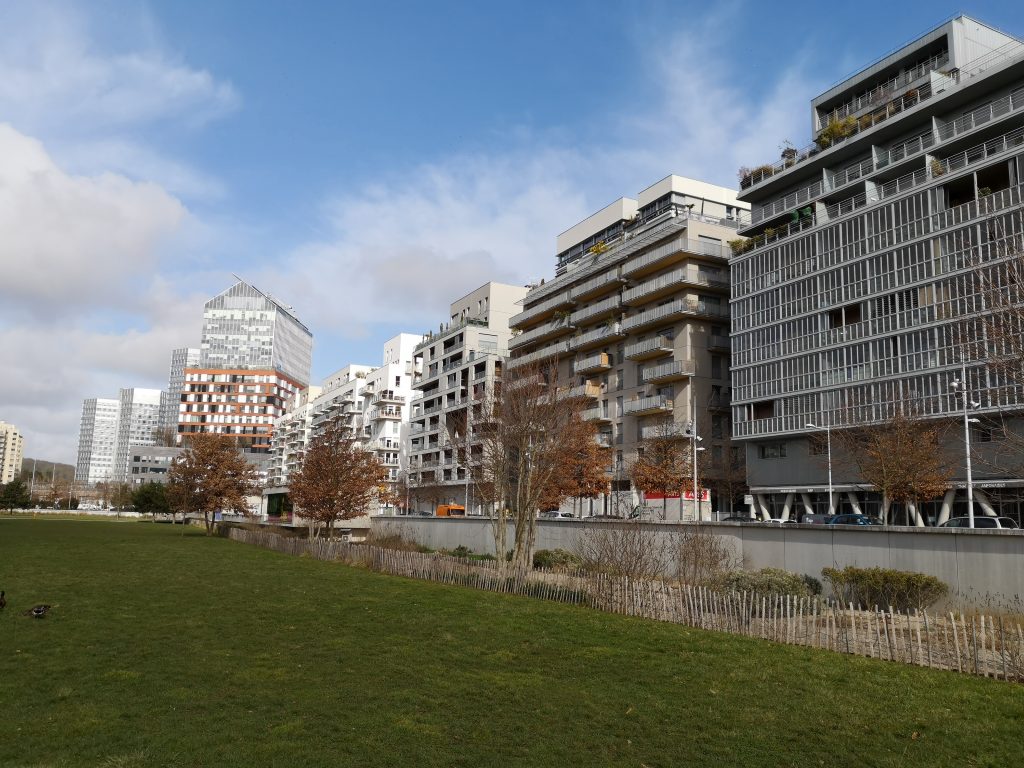
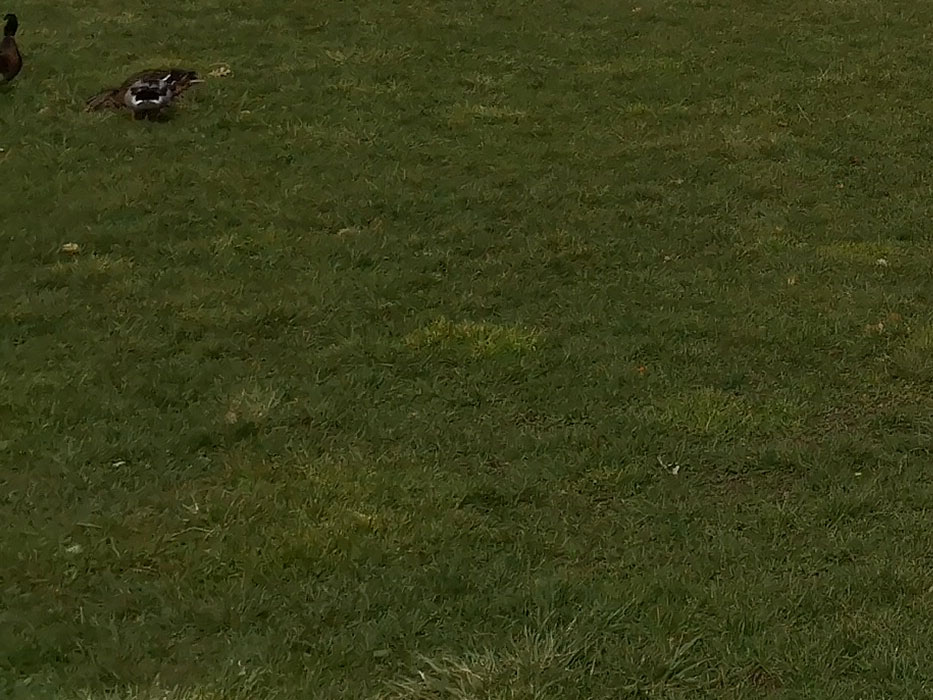


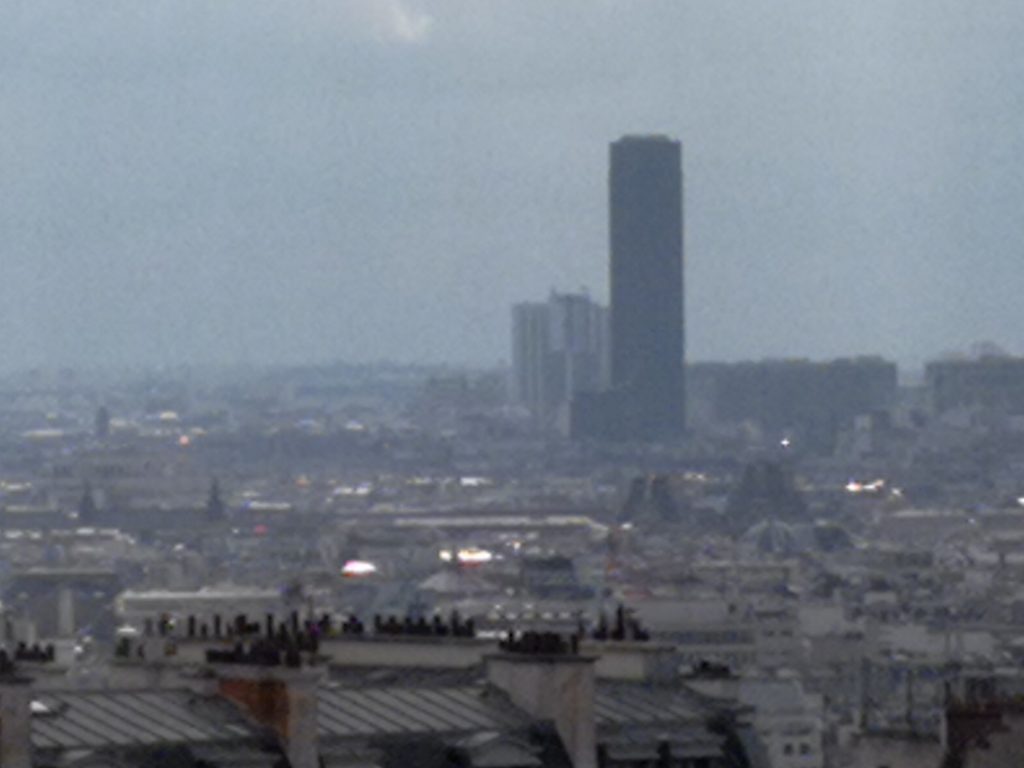
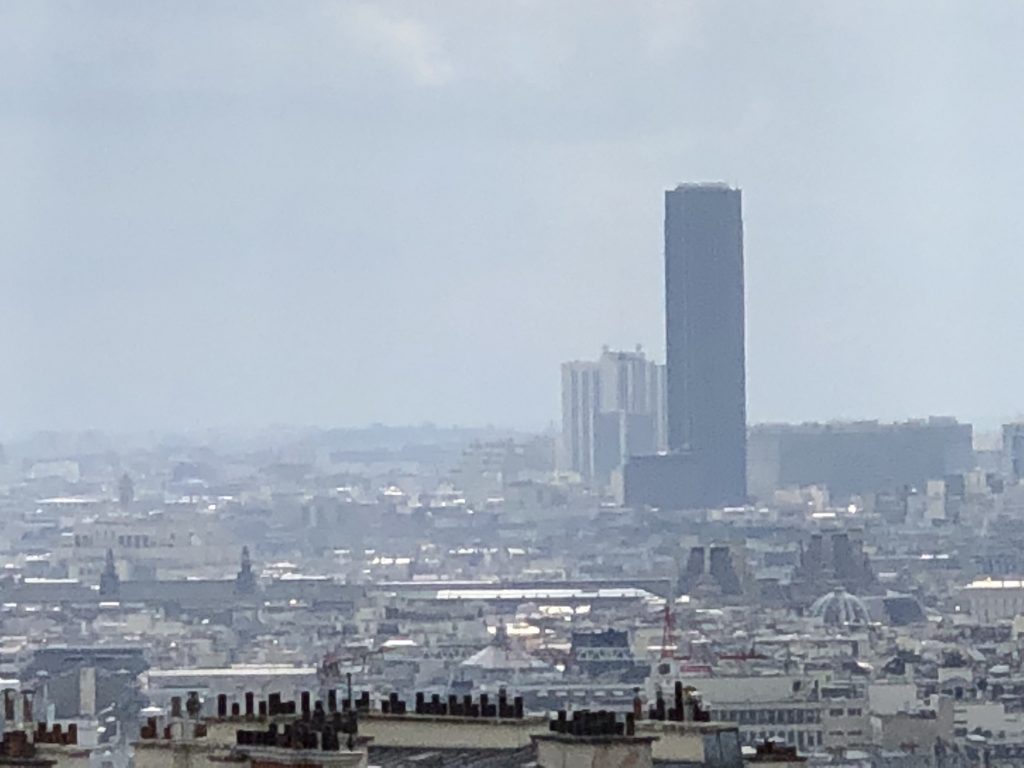
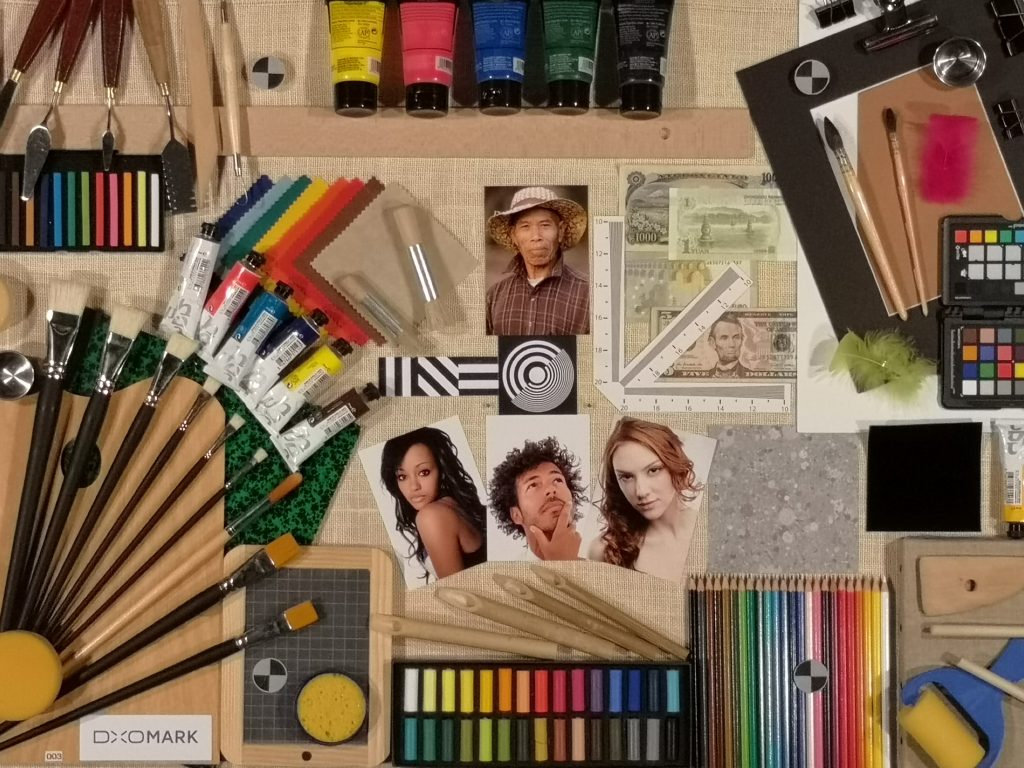
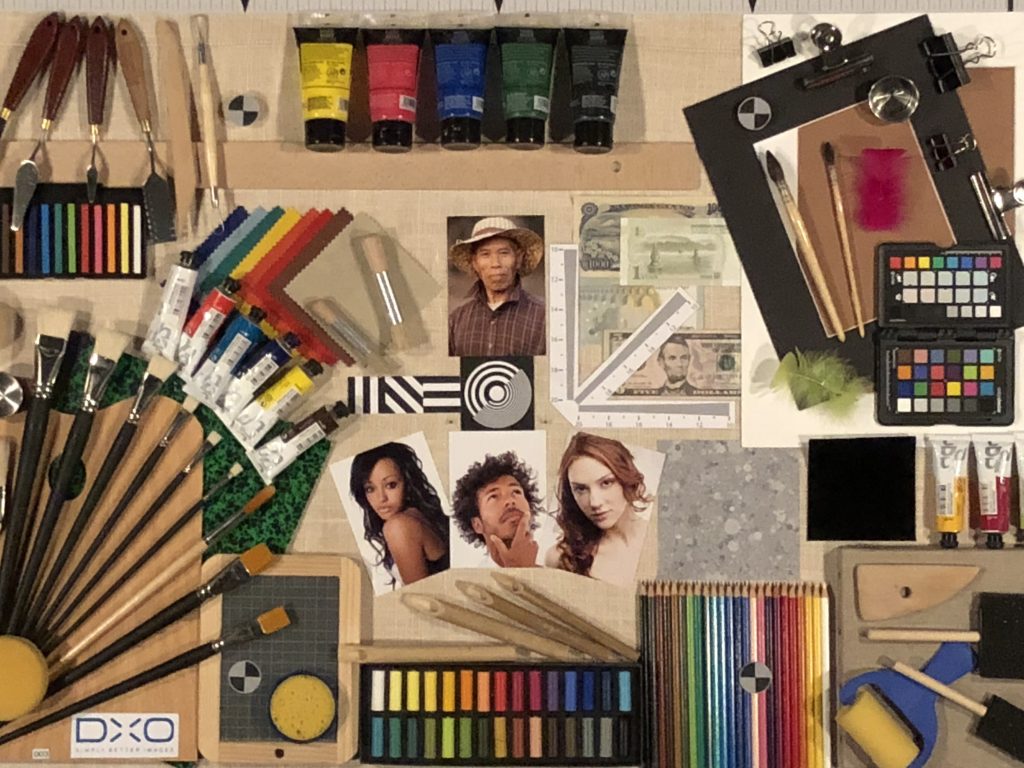
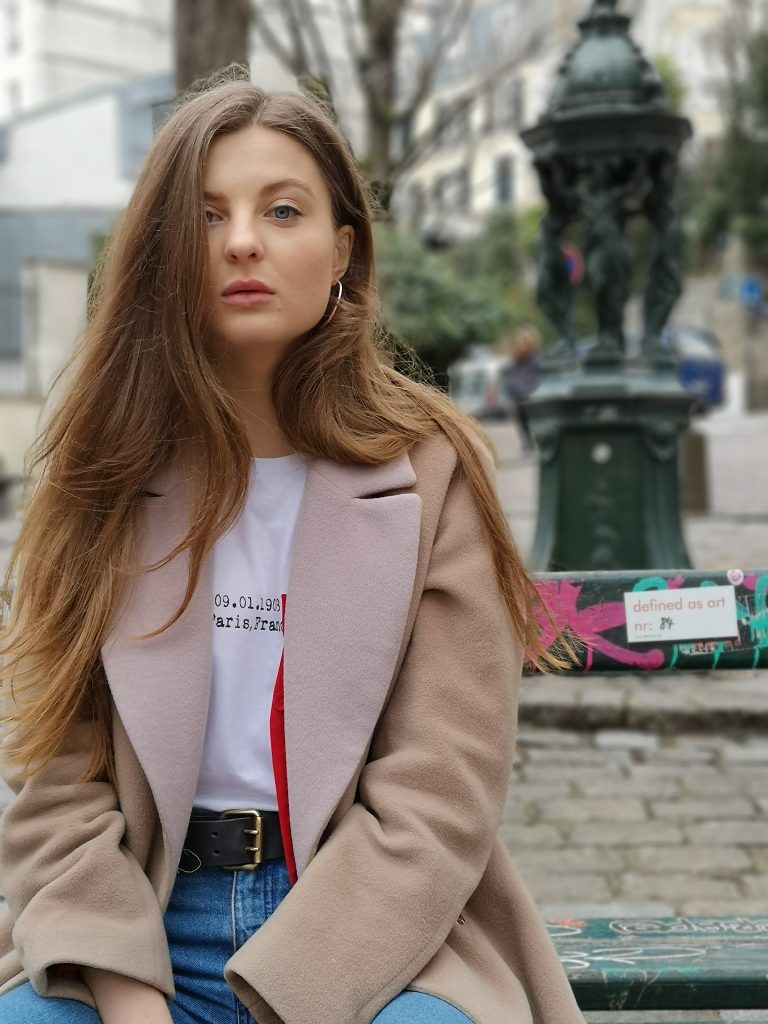
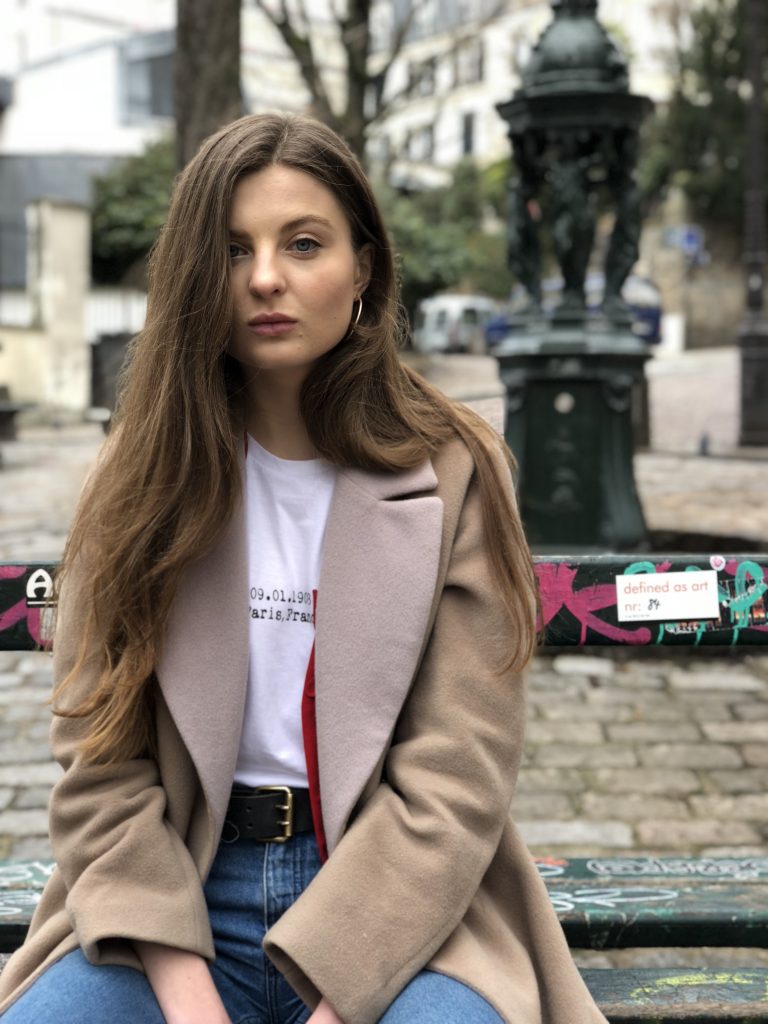
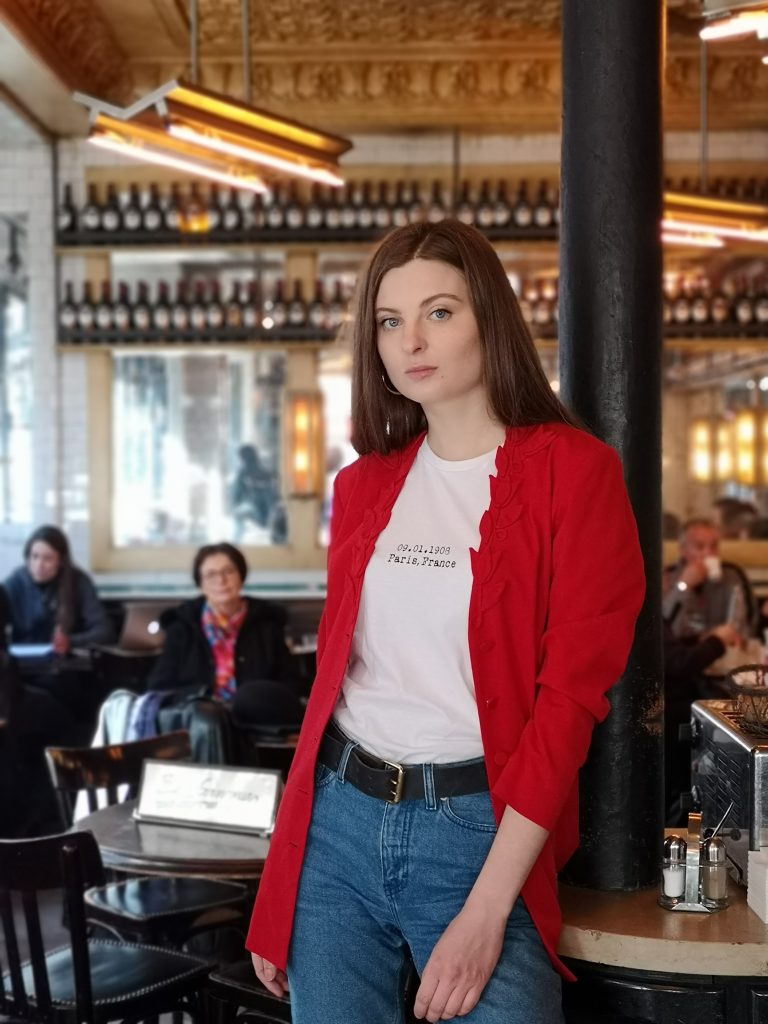
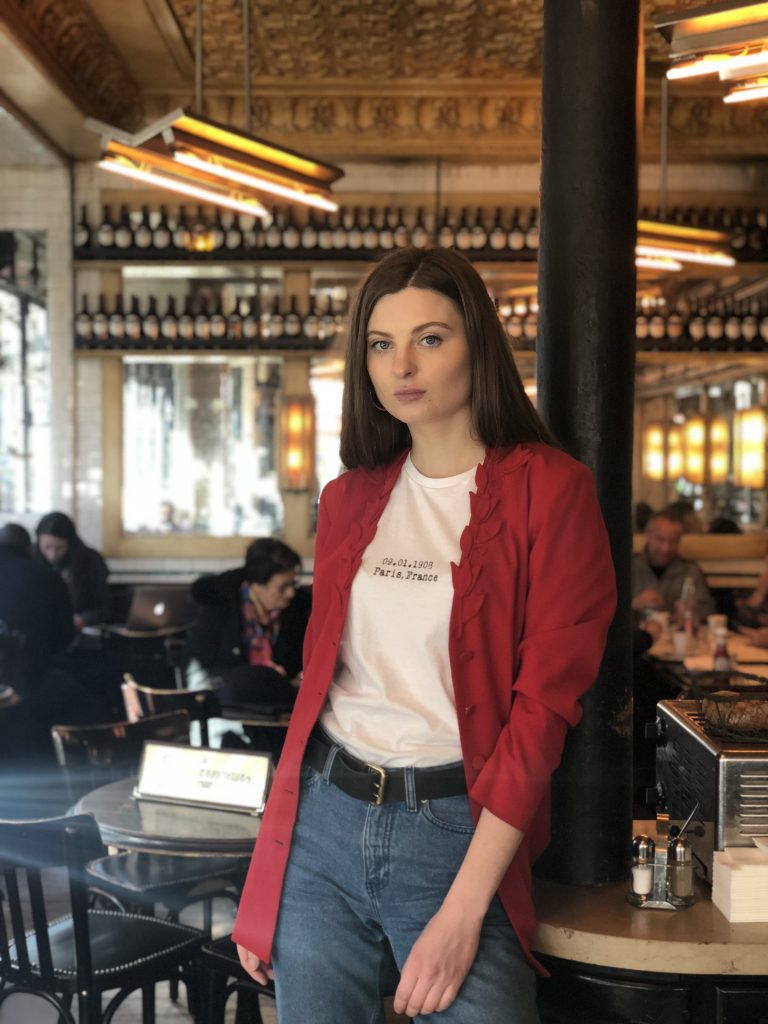


DXOMARK encourages its readers to share comments on the articles. To read or post comments, Disqus cookies are required. Change your Cookies Preferences and read more about our Comment Policy.